
4 Steps to Overcome Learning Losses with High-impact Tutoring Spaces and Dry Erase Paint
During the COVID-19 pandemic, the transition from the traditional classroom setting to remote learning at home had strong cognitive, social, and emotional effects on K-12 students. And these impacts, including the loss of regular gains in learning, continue for many young students today. However, one-on-one and small-group high-impact tutoring are emerging as the fastest, most effective, and most equitable ways to overcome students’ COVID-related learning losses. The following article explains how dry erase walls help overcome these possible learning losses.
High-impact Tutoring Comes to the Rescue
In this approach, teachers use an “acceleration” model that involves first determining the specific areas where learners need to catch up on their school work, then using further resources to help fill in the academic gaps so that kids can avoid having to repeat a grade. The strategy requires capable tutors and attractive designated tutoring spaces calculated to reorient, reconnect, and revive students’ learning levels, social skills, and self-esteem.
This article offers background information on the learning losses experienced due to COVID-19, along with tips on designing and fashioning student-centered spaces that can help to remedy these losses through high-impact tutoring. The designs of these spaces consider learners’ entire being in a holistic way through the use of comfortable furniture, premium dry erase surfaces, and other materials to promote renewed interest in school work.
Ultimately, tutoring to overcome learning losses isn’t just about academics. It’s also about empowering students to feel good about themselves and their learning in a supportive environment, so they can get back on track to meet grade-level standards and be on par with their peers emotionally and socially.
High-impact Tutoring is Highly Effective
A recent study showed that more than 97% of teachers reported seeing some degree of learning loss in their students during the past year, as compared to previous years. In addition, a majority of teachers estimated that the students had lost more than three months’ worth of social-emotional growth. So, accelerating students’ academic, social, and emotional development is now the top priority for educators who want to fill learning gaps and support renewed interest in schooling.
One approach that’s gaining lots of supporters is the above-mentioned high-impact tutoring, also referred to as high-intensity or high-dosage tutoring. This technique supplements classroom teaching and adds to the standard curriculum by concentrating on precise goals set for individual students. Learning is acquired from skilled tutors, typically teachers, paraprofessionals, or qualified volunteers, at least three to five times a week and 50 to 60 hours throughout a semester. Ideally, the sessions are one on one or with groups of up to three students per tutor.
The practice of high-impact tutoring with students experiencing learning losses results in highly positive outcomes. Studies show that regular, high-impact, in-school tutoring has greater positive effects on students’ knowledge acquisition than other factors such as level of teacher training, curriculum design, length of the school day, and teacher evaluations.
One such study conducted by Harvard researchers found that high-impact tutoring in math was 20 times more effective and in reading 15 times more effective than low-impact tutoring. So, for students who are struggling in the areas of math and reading, one-on-one high-impact tutoring can enhance learning outcomes and compensate for learning lost over the past year.
The First Step: Assess Students’ Learning Losses
To accurately address the needs of individual students experiencing learning losses in math, reading, or other areas, testing will help schools to establish the type of tutoring subjects, learning spaces, furniture, and materials they’ll need to provide appropriate help. For instance, should tutorial sessions be interactive, or should they involve quiet study? Will the sessions be one-on-one or be conducted with small groups? Will they require study tables and active seating to be effective? Will cabinets or shelves for storing tutoring supplies be needed?
The Second Step: Plan a Tutoring Space that’s Appealing to All Types of Students
Once these questions have been answered, schools should recognize that in the current period when catch-up is essential to students’ future academic growth, they’ll need to refocus their traditional ways of operating. This process includes having learning environments play a more active part in preparing students, teachers, and tutors for success after a difficult period of lost learning. Tutoring spaces featuring well-thought-out, unified furniture designs, and color schemes can convey the message that a school places equal value on every student’s education.
The Third Step: Create the Designated Tutoring Space or Zone
The goal of tutoring spaces is to boost students’ academic efficiency, engagement in the learning process, and self-confidence. In other words, aesthetics make a difference in enhancing academic progress. Avoid tossing together a varied assortment of recycled pieces. Instead, create pleasurable spaces that can accommodate evolving student needs and make tutoring sessions more exciting and rewarding.
Tutoring spaces may include seating with organic shapes, soft forms, rounded edges, tables whose colors complement the seating, and unobtrusive storage units to help set the stage for impactful one-on-one or small-group tutoring sessions. Dry erase painted walls, and other dry erase painted surfaces such as tables, room dividers, and storage cabinets can add to this ambiance by offering handy, attractive areas for writing and drawing that empower students to get comfortable in the tutoring space and get to work on their lessons.
Arrange semi-private areas that cut out visual and audible distractions caused by other students and tutors. Use one or more bench dividers or room dividers to help separate tutoring zones from larger spaces in a classroom, hallway, commons area, library, or other location. Room dividers may be coated with premium dry erase paint to provide handy, attractive writing and drawing surfaces for use during high-impact tutoring sessions.
To maintain the original color of the room dividers, you can apply the clear version of premium dry erase paint over them as long as the paint on the dividers is free of certain additives that may interact adversely with the dry erase paint. Check the Q and A section of our company website for more information on this topic or contact our customer service team.
When adding the dividers, you can also incorporate storage units, either straight or curved, with shelves that can be easily adjusted and arranged in a variety of ways to meet students’ unique learning needs.
The Fourth Step: Finish Up the Space with Fun Furniture
When thinking about seating, bear in mind that nowadays, comfort matters more than ever because many students are still making the transition from learning at home on the living room couch or from the comfort of their own bedrooms. For this reason, seating in the tutoring space should convey the message that it’s time to work but should also possess a feeling of stress-free comfort for students and tutors alike.
Combine your room and bench dividers and storage units with upholstered benches. You can also add a few upholstered rockers, ottomans, and stools and bring the whole space together with a suitable number of rounded-edge tables for individual students, for tutoring pairs, or for small interactive groups.
Repeating a Grade May be Avoided through High-Impact Tutoring
In the end, the major goal of tutoring nowadays is to help students catch up, compensate for their pandemic-related learning losses, and avoid repeating a grade. Although repeating a grade may be necessary for some learners, the practice stigmatizes young people, lowers their self-esteem, and increases the odds that they’ll drop out of school. Research shows that the acceleration model featuring high-impact tutoring is preferable.
Instead of holding students back a grade or placing them in remedial classes, tutors can arrange small group discussions to determine what their specific academic challenges may be. Then, when tutors work with students individually or in small groups, they can address the learners’ specific challenges, such as trouble multiplying certain two-digit numbers, through high-impact sessions. Finally, after the trouble spots are eliminated, the students can move on more quickly.
Without a doubt, the pandemic experience has provided a test for teachers, parents, and students alike. However, in-person, high-impact tutoring offered in high-impact learning spaces with appealing furnishings and premium dry erase painted surfaces can give students an excellent chance to bounce back and recover all they missed by being out of the classroom.

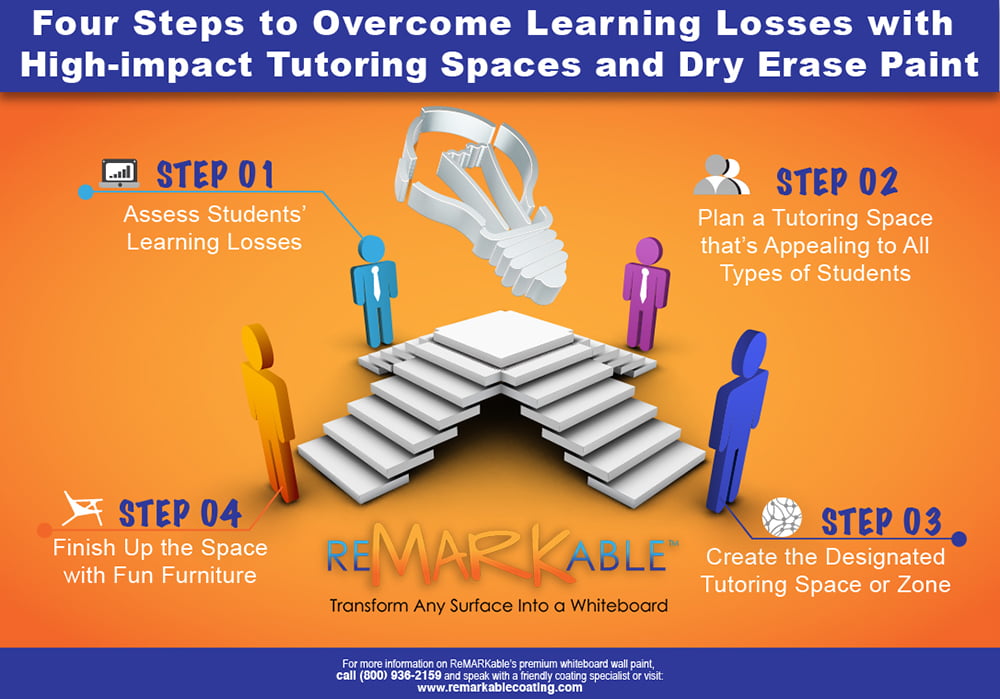





![Giant Leaps Forward Require Big Spaces. [Leap Year Sale Event!]](https://www.remarkablecoating.com/wp-content/uploads/2016/02/Giant-Leaps-ForwardRequire-Big-Spaces-440x264.jpg)



![30% Off St Patrick’s Day Sale! [Details Inside]](https://www.remarkablecoating.com/wp-content/uploads/2016/03/Glorious-1-440x264.png)

![Drive Your Organization Into Openness and Watch it Expand [20% Off Whiteboard Paint]](https://www.remarkablecoating.com/wp-content/uploads/2016/04/Drive-Your-Organization-Into-Openness-and-Watch-It-Expand.-1-440x264.jpg)

















![ReMARKable’s Winter Sale is Here! [25% Off + Free Shipping]](https://www.remarkablecoating.com/wp-content/uploads/2018/01/Red-Tag-Winter-Fashion-Facebook-Post-1-440x264.png)





![ReMARKable Summer Sale 2018 [28% Off Whiteboard Paint]](https://www.remarkablecoating.com/wp-content/uploads/2018/06/Blue-Simple-Line-Beach-Facebook-Post-1-440x264.png)



































































































































































































































































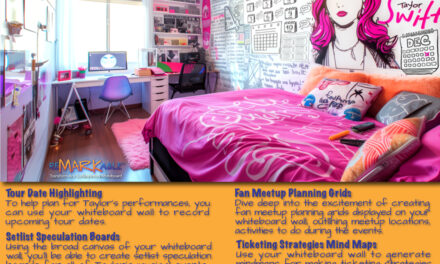


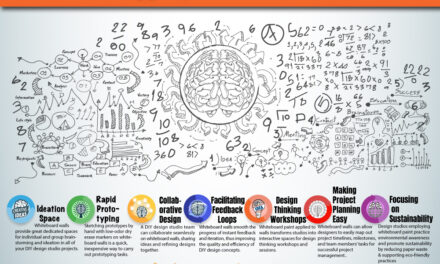
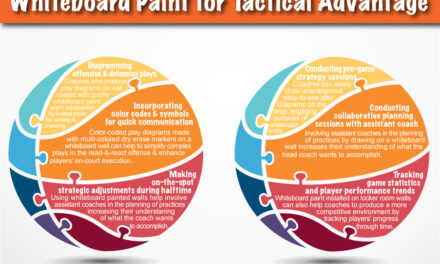
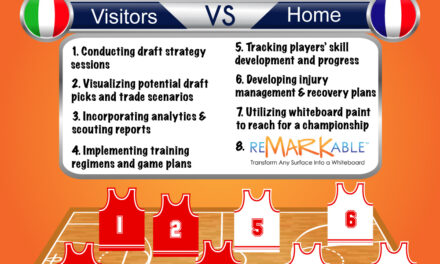


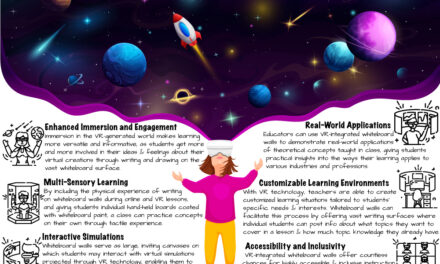
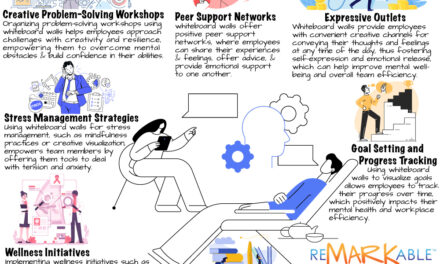

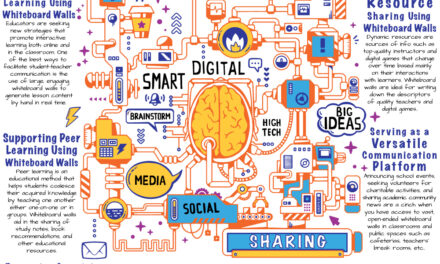
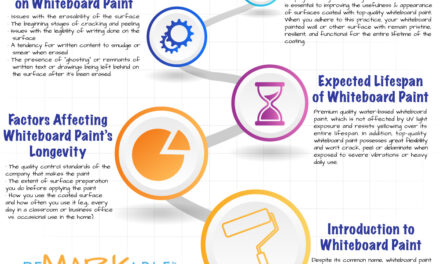
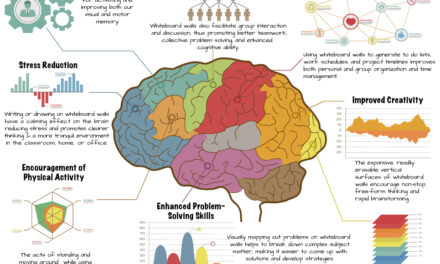


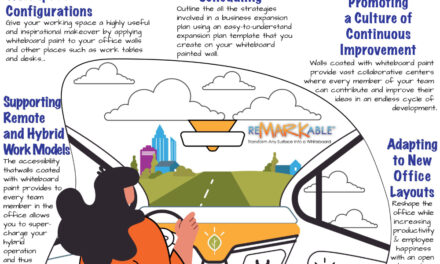
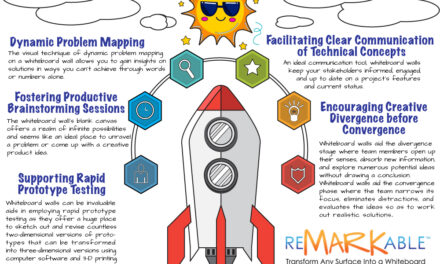


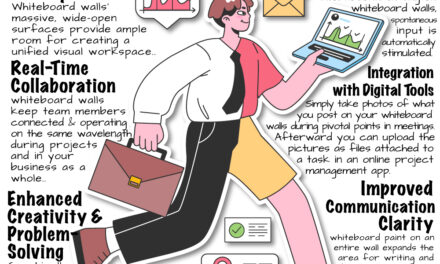
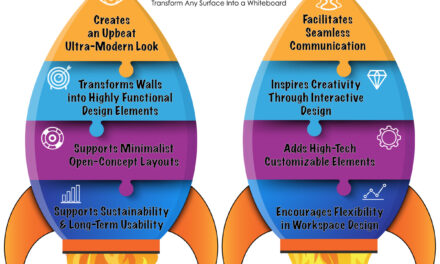




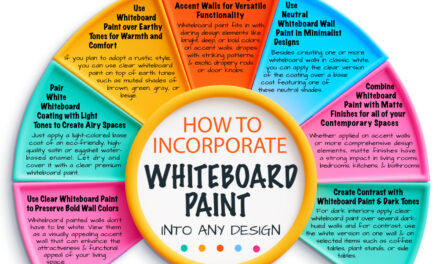
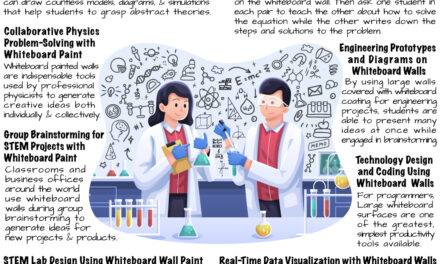
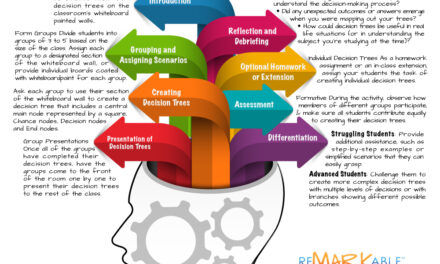

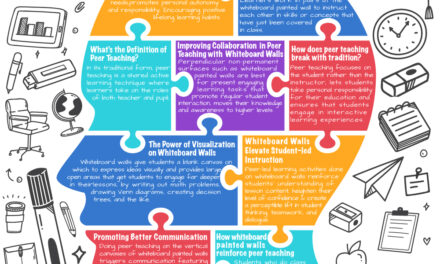
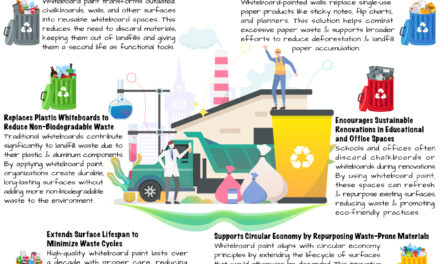

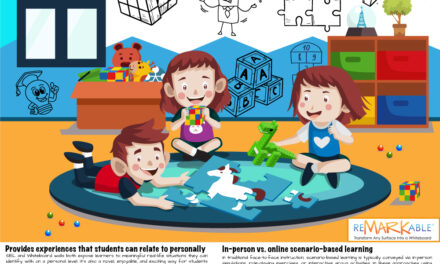
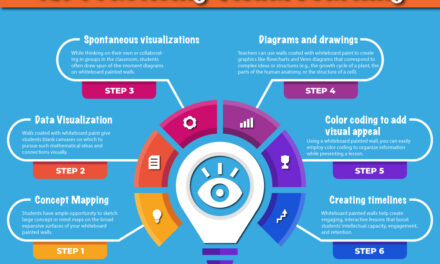
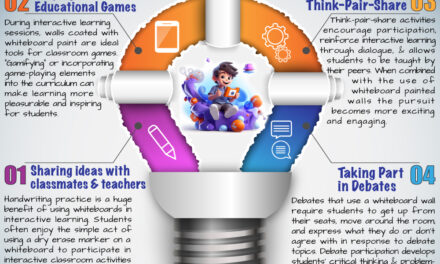


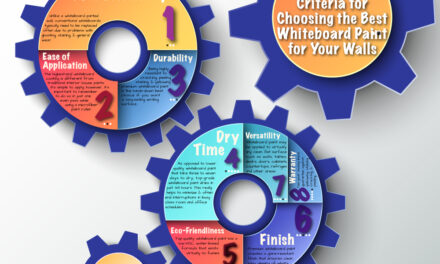
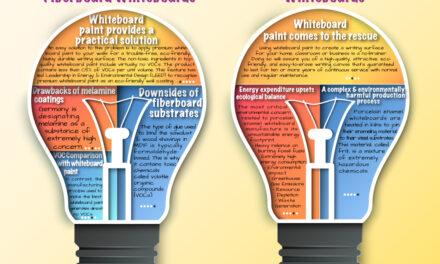
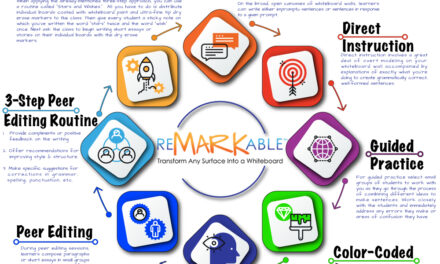


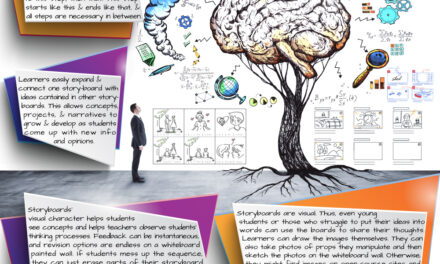
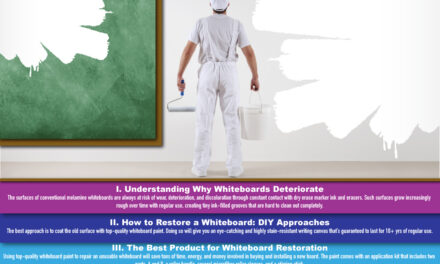


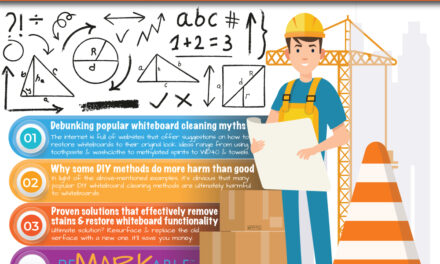
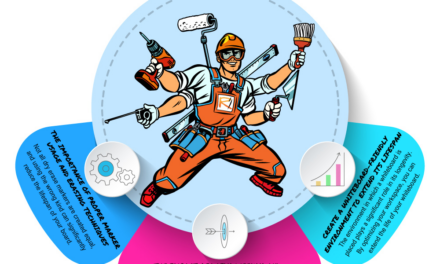

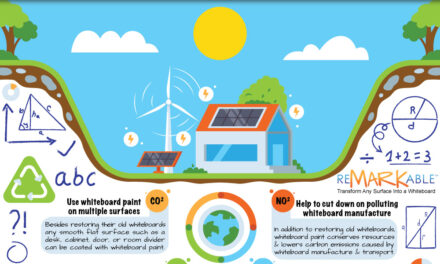
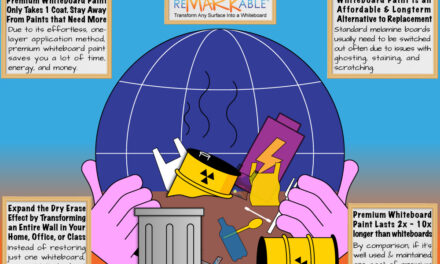
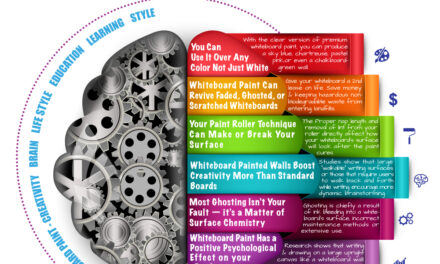
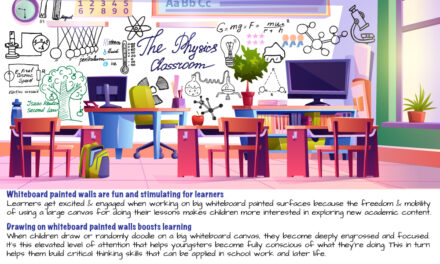
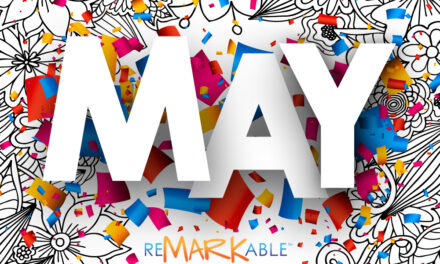
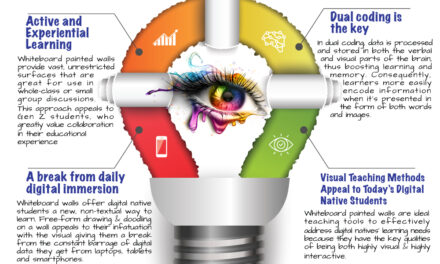
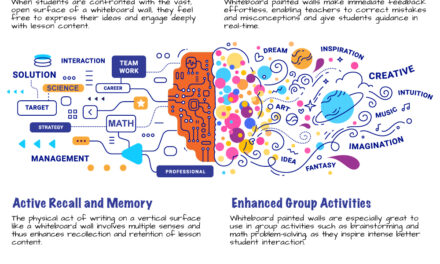
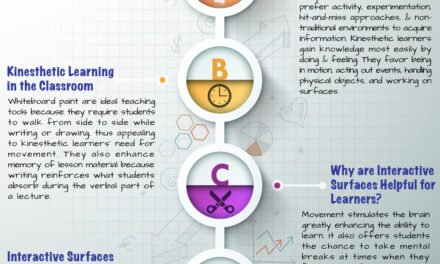

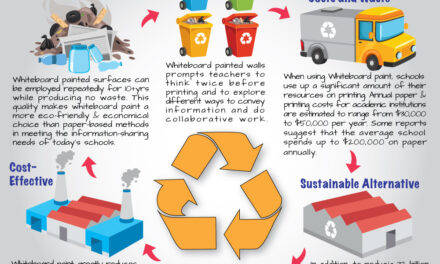
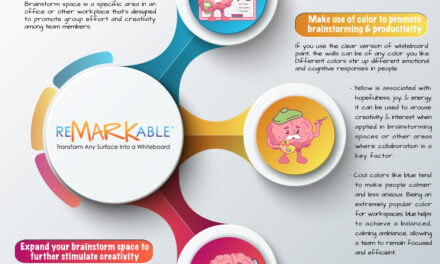
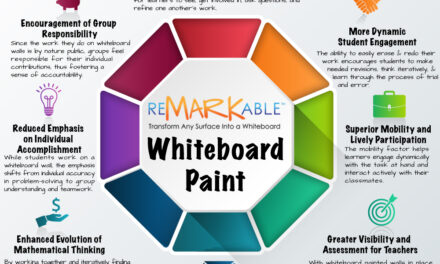
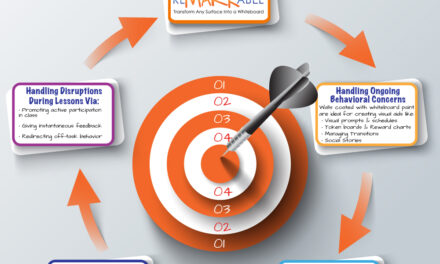

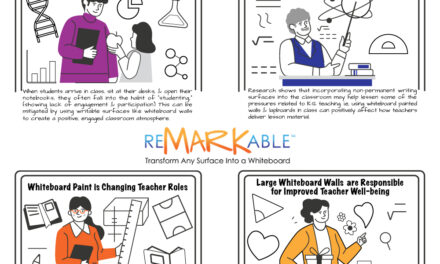
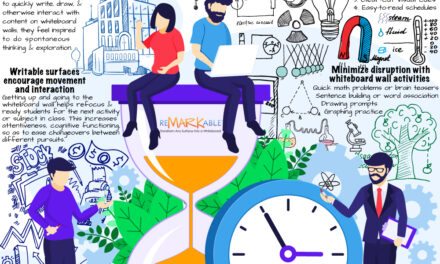
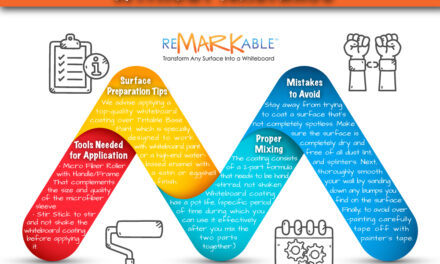

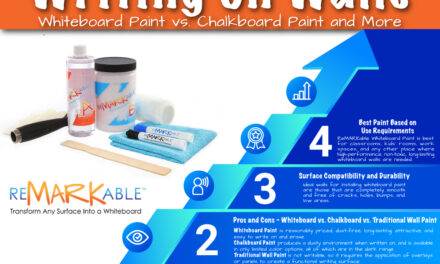
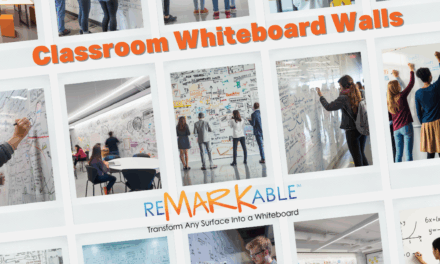
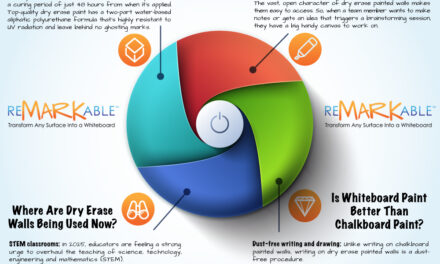
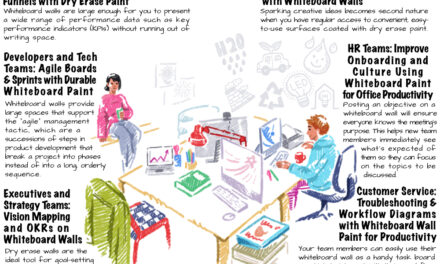
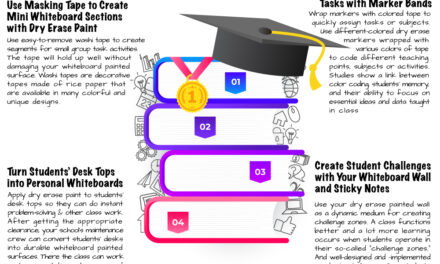
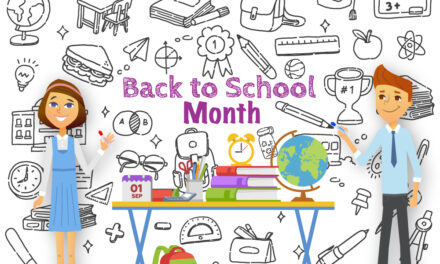
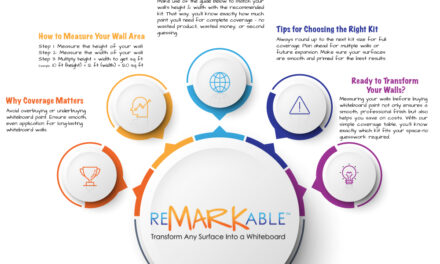

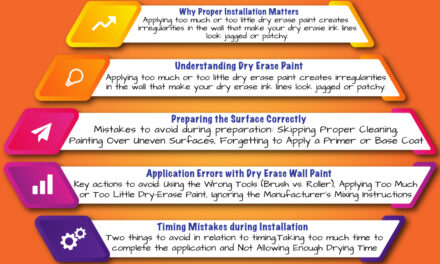








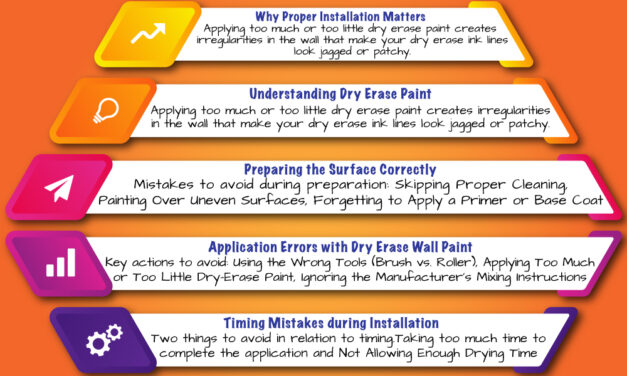










0 Comments